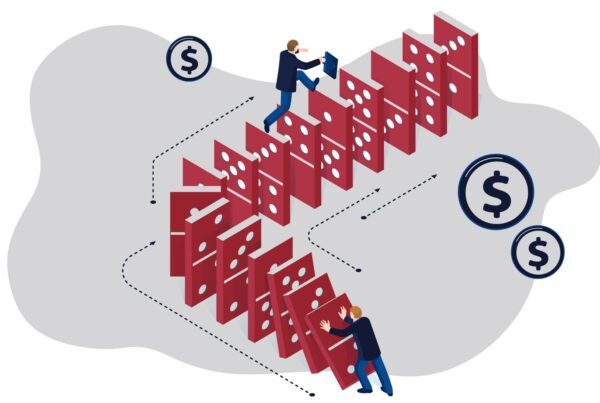Editor Note: This is part two in a two-part series. Check out Part 1: Evolving the Customer Lifecycle.
Darwin’s Origin of the Species indicates that it’s not the strongest of species that survives, nor the most intelligent. It is the one that is most adaptable to change. Likewise, your marketing strategies must evolve to align with the changing ways consumers are progressing through the customer lifecycle. For example, many are relying much more on advocacy, often in the form of social media reviews by customers, than they are on brand messaging to drive purchase decisions.
Advocates communicate across a variety of channels whether it’s email, blogs, social media or online reviews, and targeting advocacy as a strategy is often called “influencer marketing.” While influencer marketing is the hottest new “go-to” strategy, brands continue to struggle with how to best leverage it.
Influencers essentially fall into two categories – either customers that naturally become brand loyal and spread the word organically or targeted influencers.
The latter group of targeted influencers are generally subject-matter experts, celebrities, famous bloggers or thought leaders. Companies often proactively seek out and compensate these influencers due to their deep network of followers and degree of influence.
When using a paid influencer, get the most bang for your buck by first ensuring you’ve defined a clear target audience, targeted channels, and key performance indicators (e.g., how will you define success with the partnership). Then, identify your influencers that align, and create a set of expectations and guidelines for them to follow. It’s critical to allow your influencers to evaluate your products/services and write their own reviews, as readers can see through inauthentic reviews that read more like brand promotion.
For those with a smaller budget, simply ask your current customers to leave you reviews. Reviews serve as the new word-of-mouth marketing and help take the guesswork out of buying new products by filling in the gaps that a company may have not answered. With studies showing seven out of ten consumers will leave a review if asked, reviews are one of the easiest ways to convert a customer into an advocate.
After you obtain reviews, thank the reviewers and then use them everywhere you can by integrating them into your social, email and web strategies.
Take your review strategy one step further by asking your customers for user-generated content. For example, run a contest where your customers post a selfie with your product and a targeted hashtag on social media.
Customers are continuing to play a larger role in the B2C lifecycle, impacting both the pre-purchase stages—awareness and consideration—by providing online reviews, word-of-mouth recommendations and user generated content. Brands that target the post-purchase customer—by first providing a great customer experience and then activating advocacy—will realize more success.







